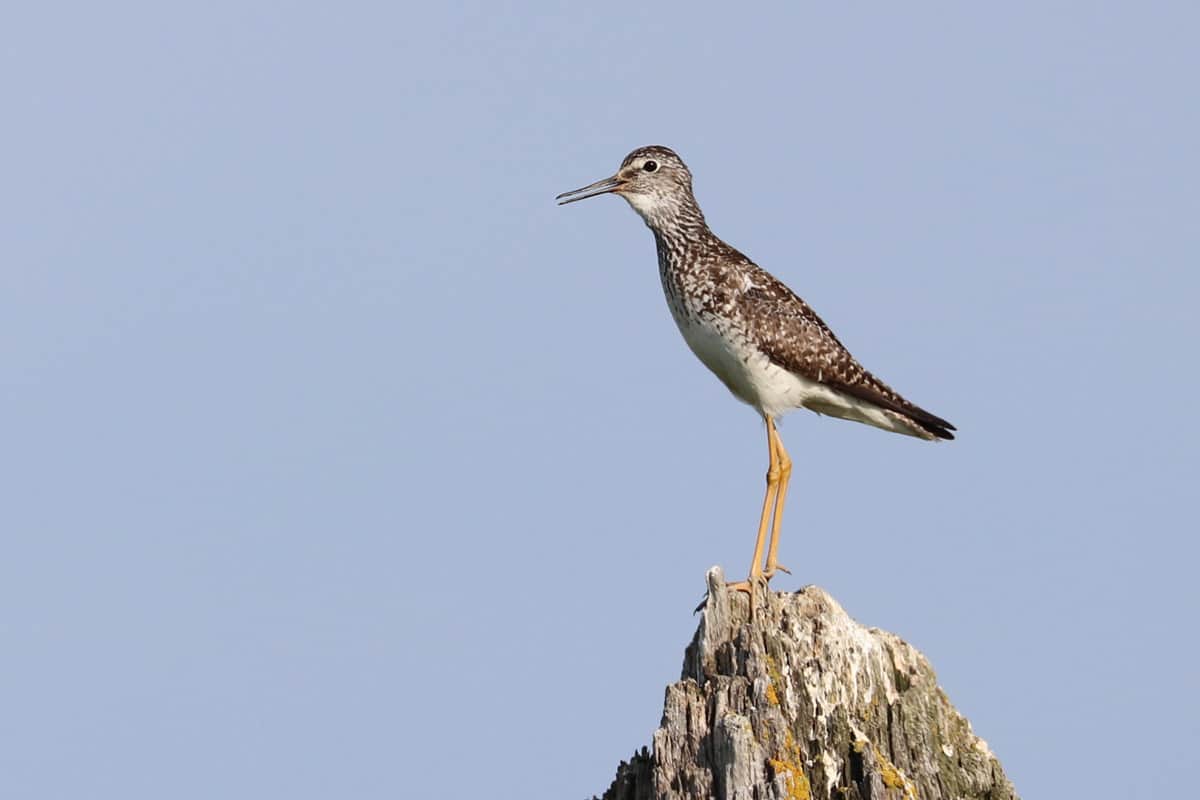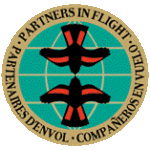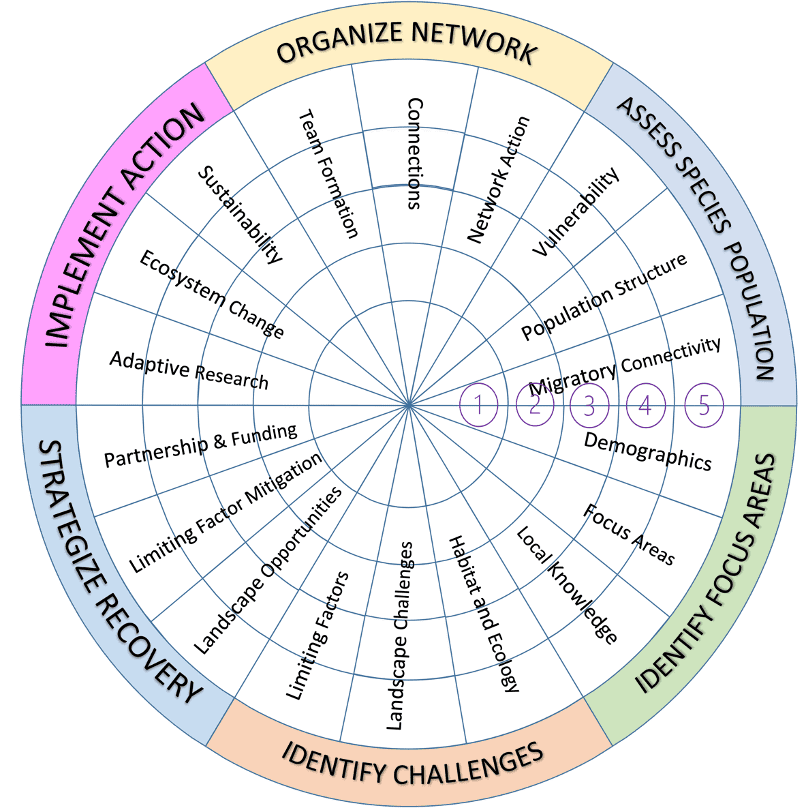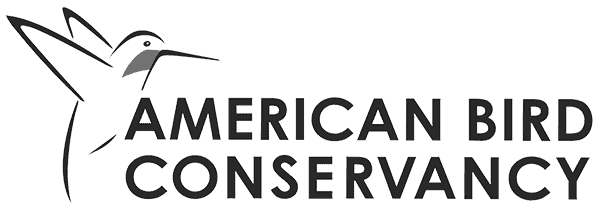Road to Recovery (R2R)
We are an independently funded enterprise focused on the recovery of the most rapidly declining birds in the United States and Canada. Our approach is a purposeful integration of biological and social science targeted at identifying and addressing specific causes of declines throughout the annual cycle. Starting with a set of Tipping Point species, R2R supports species-focused teams and projects. We work collectively with scientists, conservation practitioners, and local communities to create sustainable solutions for recovering bird populations.
Saving Our Shared Birds
Road to Recovery
…is an independently funded enterprise focused on the recovery of the most rapidly declining birds in the United States and Canada. Our approach is a purposeful integration of biological and social science targeted at identifying and addressing specific causes of declines throughout the annual cycle. Starting with a set of Tipping Point species, R2R supports species-focused teams and projects. We work collectively with scientists, conservation practitioners, and local communities to create sustainable solutions for recovering bird populations.
The Road to Recovery:
Inspiring actionable and co-produced science for birds
A team of scientists from the U.S. and Canada published a 2019 landmark publication in Science documenting the loss over five decades of ~3 billion birds spanning 303 declining species—almost one third of the breeding avifauna in the United States and Canada. These declines serve as an alarm call to conservation professionals, as birds are indicator species that signal the health and quality of ecosystems. If we can reverse bird declines, we can indirectly improve habitat quality for other organisms. Broad general threats to birds have been well-documented (e.g., habitat loss, anthropogenic causes of mortality, invasive species), but we need to identify species-specific causes and conservation actions to adequately address declines. It is urgent that we understand how, where, and when birds are limited in their annual life cycles to move forward along a path leading to sustained population stabilization and recovery.
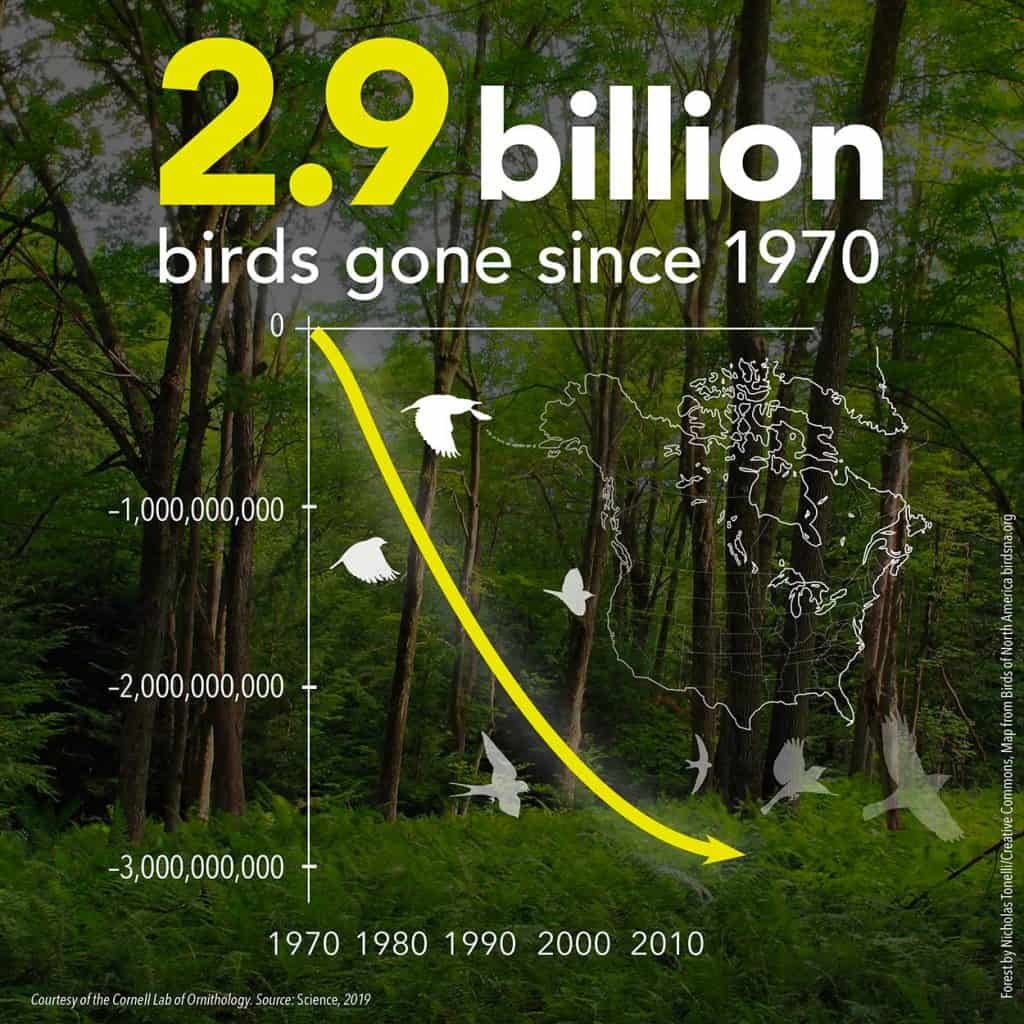
The eye-opening 2019 Science paper motivated key leaders in the bird conservation community to re-imagine the focus and intensity of their efforts. The Road to Recovery Initiative is a response to that call for action. Established in 2020, R2R is developing a process for reversing bird declines that incorporates biological and social science into a systematic species-by-species approach which seeks to:
- Understand population linkages and limiting factors causing bird declines.
- Create targeted conservation actions for Tipping Point Species.
- Integrate social science, environmental and social justice, and limiting factors from biological science into a plan for co-produced implementation of conservation.
We have identified 112 species of birds that are most urgently in need of recovery. These species have lost half or more of their breeding populations since 1970 and continued or accelerated declines over the most recent three generations.
Collaborations, Partnerships, and Co-production
Collaborations and Partnerships with diverse bird conservation coalitions and initiatives are critical to our success.
R2R process is built on a commitment to science co-production among social and biological scientists, conservation decision-makers, impacted communities, and rights holders. By working together throughout the process of identifying limiting factors, designing strategies to address causes of decline, implementing conservation actions, and monitoring success, the R2R community seeks to eliminate the research-to-implementation gap. R2R collaborates with and complements the efforts of other important bird conservation initiatives—including but not limited to the North American Bird Conservation Initiative (NABCI), Central Grasslands Roadmap, Western Hemisphere Shorebird Reserve Network, Waterbird Conservation for the Americas, and the North American Waterfowl Management Plan to bring about recovery of bird species populations.
Road to Recovery’s relationship with its sister group Partners in Flight (PIF) is especially close—the Tipping Point species were derived from PIF’s Avian Conservation Assessment Database, many of the species working groups R2R supports are intertwined with the PIF Eastern and Western Working Groups, and R2R builds on the international foundations established by PIF. R2R also seeks to expand beyond traditional bird conservation partnerships to include empowered partners such as community organizations, indigenous communities, and advocacy groups focused on social or environmental justice efforts.
Instituting a Strategic Process to Restore Bird Populations
R2R facilitates interactive workshops, conferences, and informal engagement sessions that explore key aspects of bird conservation and the recovery process in depth. Through these forums and hands-on co-production opportunities, R2R continuously refines its approach and strategies to drive adaptive, effective conservation outcomes.
photo by Tim Romano
Advancing Bird Recovery Strategy: Species Recovery Progress Wheel
A practical framework to track progress, identify challenges, and guide effective conservation actions.
Explore this key tool that supports R2R’s strategic process by providing a clear, actionable approach to visualize conservation milestones and prioritize recovery efforts
Current and Upcoming Events
Second Friday Every month
Join our monthly species working group webinar series! In this series, we aim to highlight a species working group and foster collaboration and discussion across groups. Webinars are presented with simultaneous translation into Spanish. Webinars occur on the second Friday of each month from 1 to 2pm Eastern time. Register for the monthly webinars!
We Need Your Support!
Donate today and help us in the recovery of the U.S. and Canada’s rapidly declining species.

